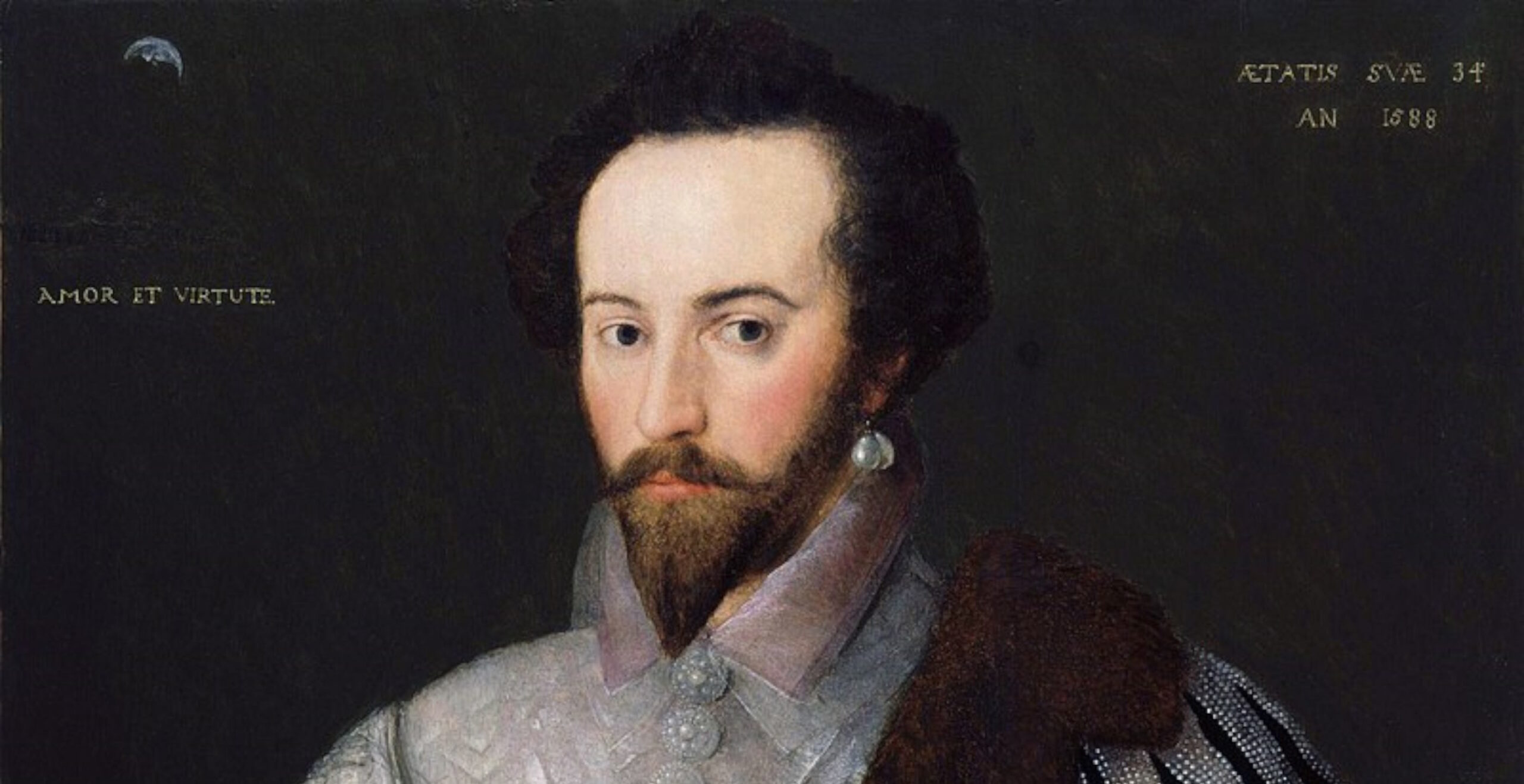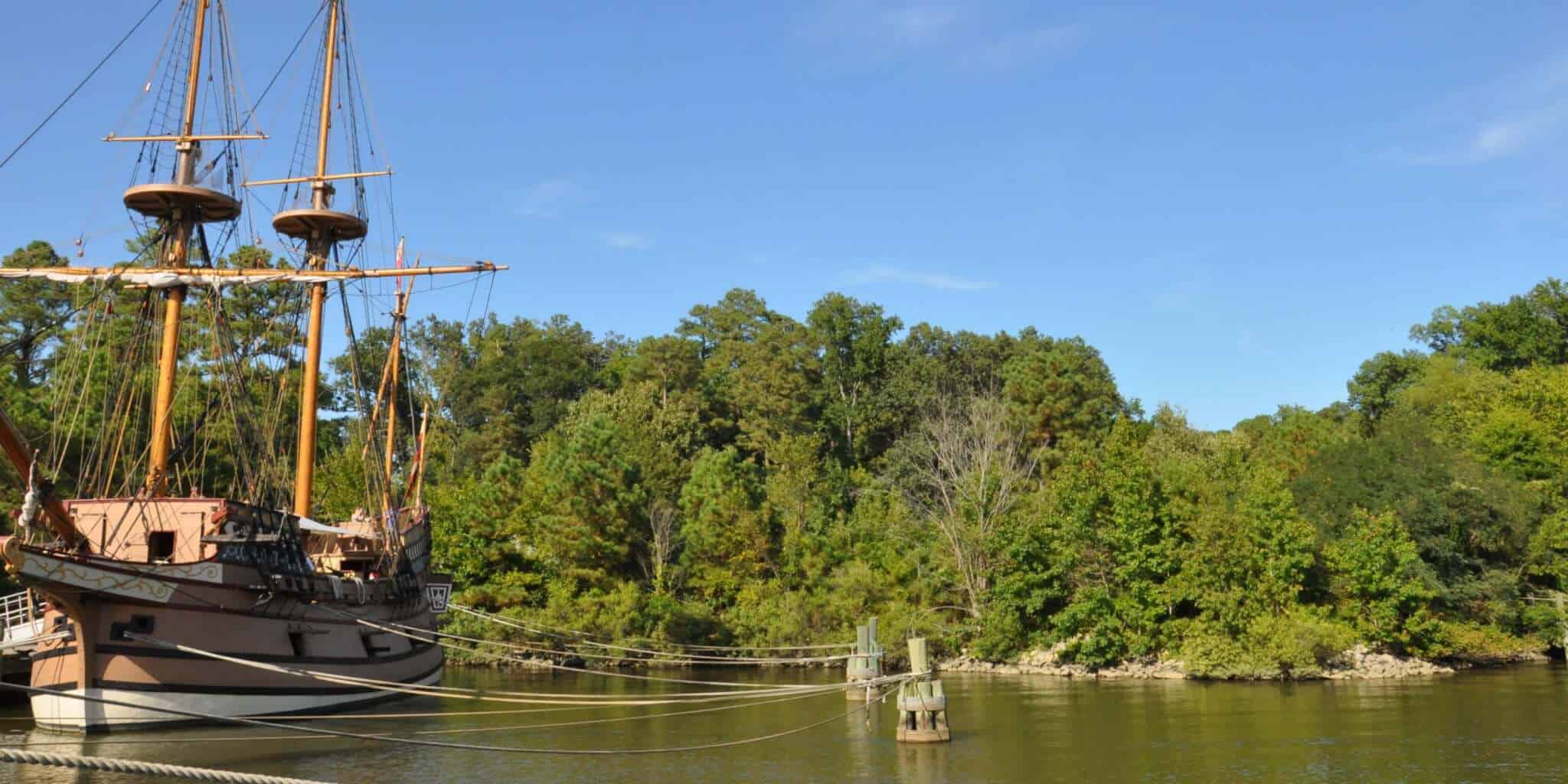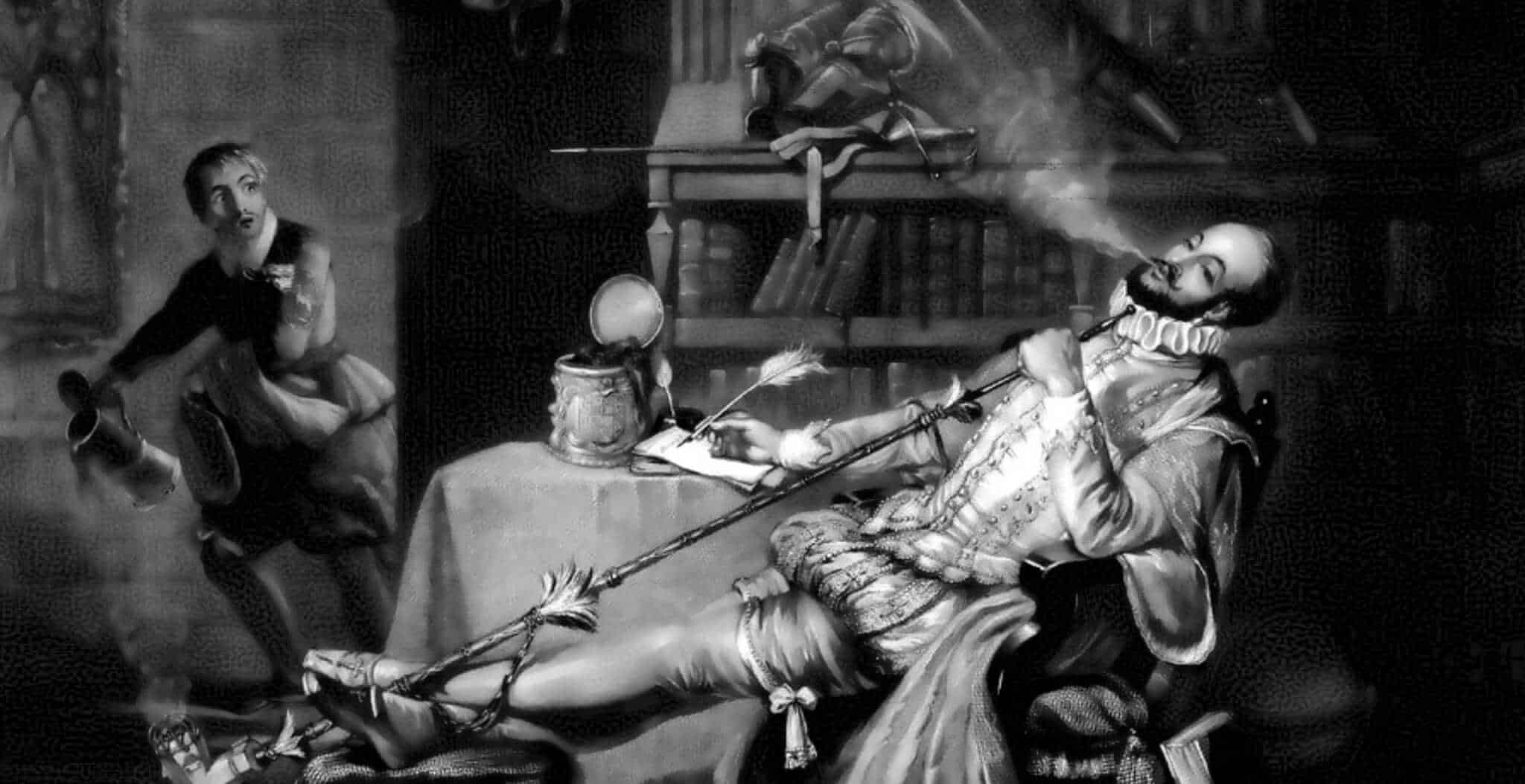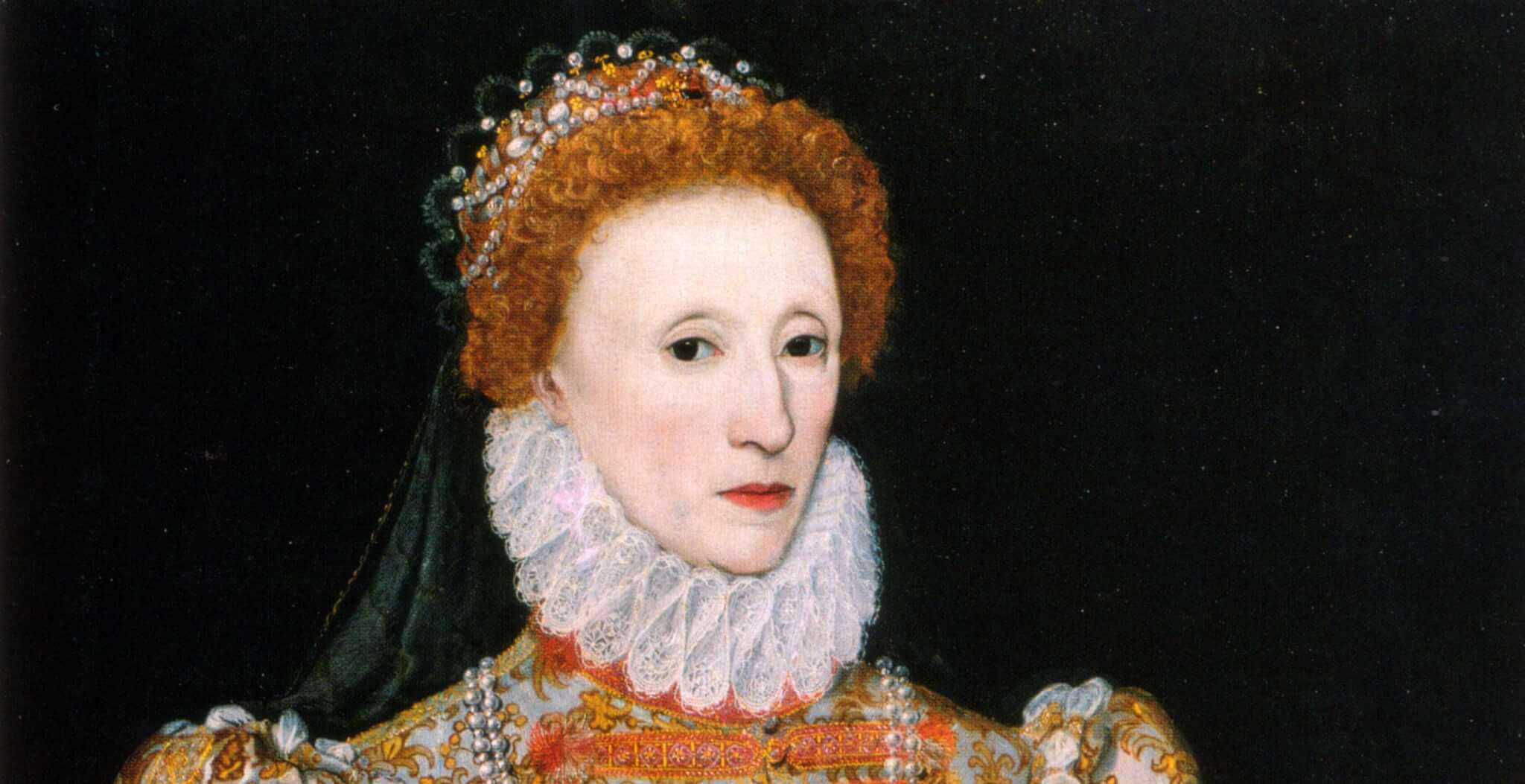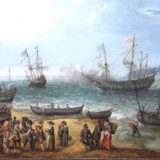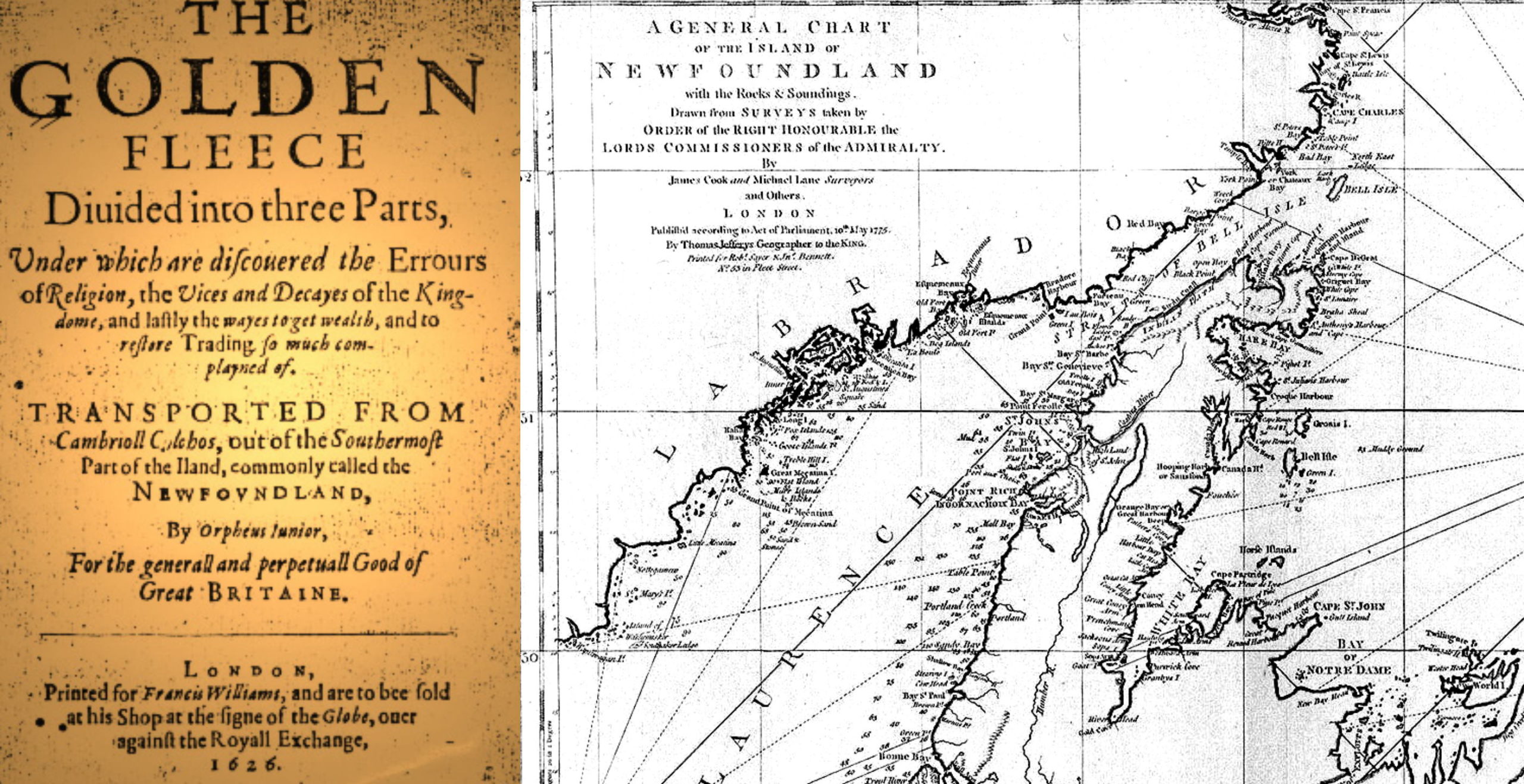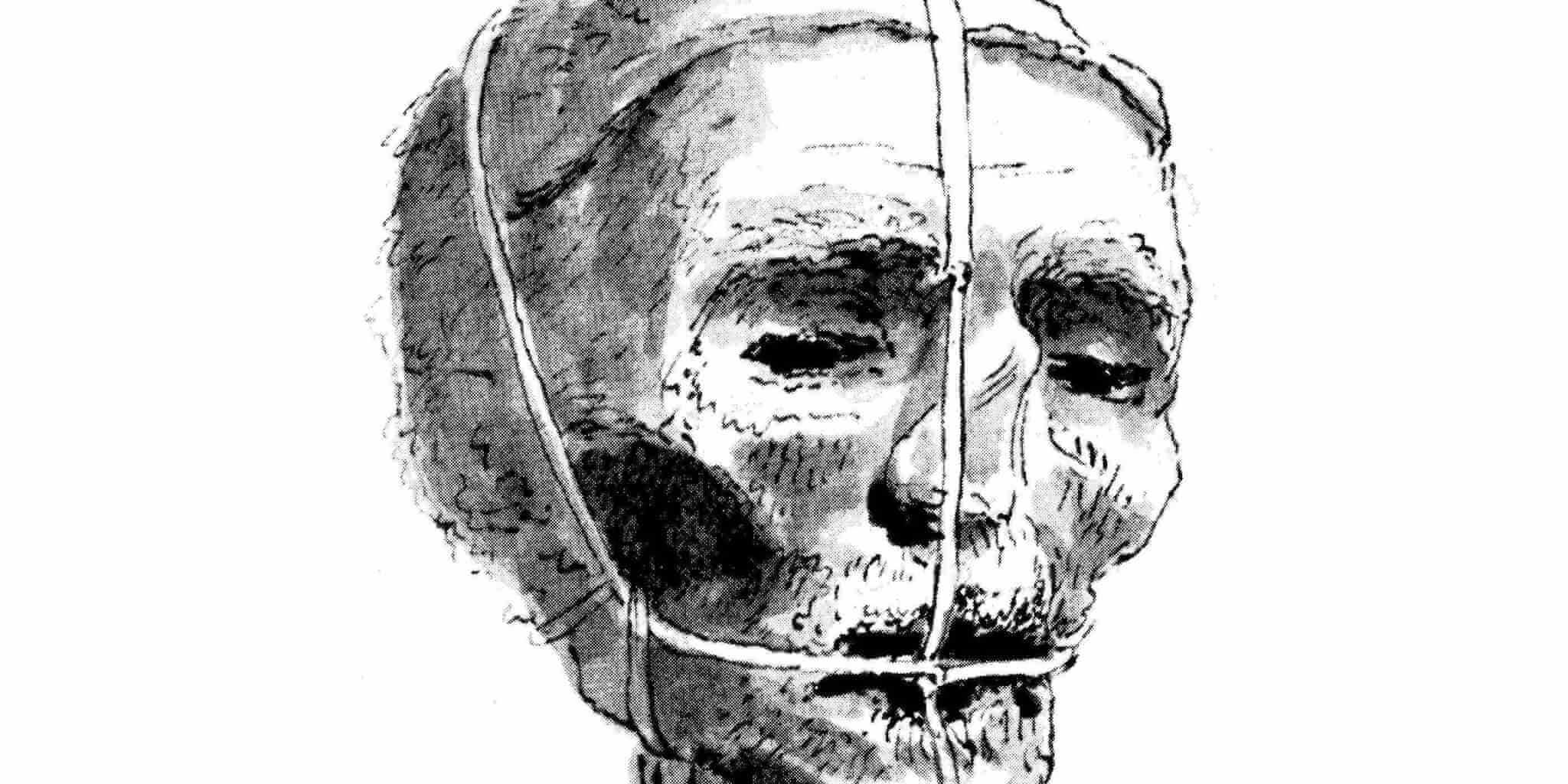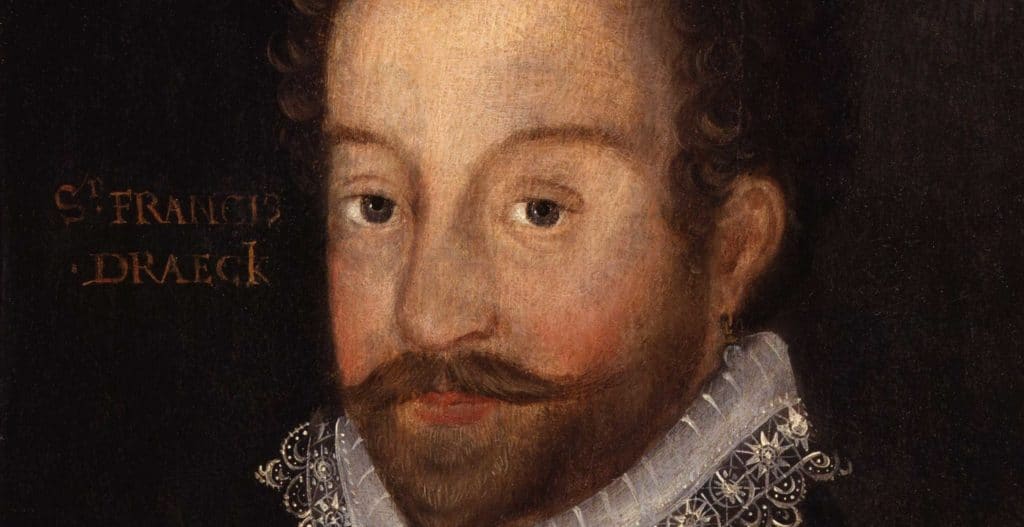As one of the principal characters of Elizabethan England, Sir Walter Raleigh was not only a firm favourite in the royal court of Elizabeth I, but also a soldier, writer and explorer, leaving an indelible mark on Elizabethan society before meeting his grisly end at the hands of his executioner at Westminster.
Born around 1552 in Devon, Walter was the youngest of five sons born to Walter Raleigh and his third wife, Catherine. Through his mother’s lineage, Walter and his brothers were able to receive an introduction to the royal court, as Catherine’s aunt was governess to Princess Elizabeth. Moreover, her uncle was Sir Arthur Champernowne, a serving Member of Parliament.
Via his family connections, he was also the half-brother of Sir Humphrey Gilbert and cousin to Sir Richard Grenville, who like Walter, both went on to have careers as soldiers and explorers on behalf of Queen Elizabeth.

Whilst details of his early life remain uncertain, it was believed that he was a student at Oxford and later Middle Temple Law College however it was on the battlefield where Walter would receive much of his training and experience.
He would get his first taste of warfare during the Wars of Religion in France where he fought for the Huguenot army (his family were devout Protestants), which served to harden his lifelong anti-Catholic stance.
A few years later Raleigh, with much military experience now under his belt, returned to England.
Alongside his half-brother, Sir Humphrey Gilbert, Walter joined an expedition to find a Northwest Passage. Whilst their attempts were unsuccessful and they could only boast of raiding a few Spanish ships, this would be the first of many expeditions launched by Raleigh.
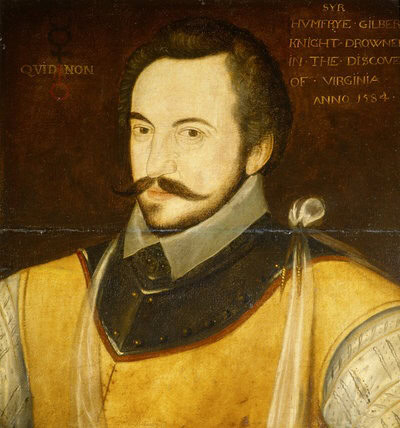
Meanwhile, he would first come to the attention of the young Queen Elizabeth when he served in her army in Ireland and took part in the siege of Smerwick.
During the Second Desmond Rebellion, reinforcements came from Spain and Italy to support the Catholics, however they were soon caught in a trap and severely outnumbered, forcing them three days later to surrender. Whilst the Papal commander, Sebastiano Di San Guiseppe agreed to terms, the English commander Arthur Grey (Lord Deputy of Ireland, Baron Grey de Wilton) had other ideas and what followed was a bloodbath for the papal forces, of which Raleigh was a participant.
In the meantime, his dealings with Irish rebels in Munster won favour in the royal court. In 1584, Queen Elizabeth divided the land amongst Raleigh and others (known as undertakers) who had participated in the suppression of local people and colonised the region.
Land, property and titles followed, with Raleigh receiving a large estate in Ireland, around 40,000 acres as well as a coastal town called Youghal which served as his base in Ireland and of which he became mayor.
When he returned to England and was invited to the royal court, he made a great impression as a man of action but also refined by his skill for poetry and his dashing good looks.
As a result, he became a firm favourite and developed quite a portfolio of property and business interests. He was given a lease of Durham House in the Strand and authorised to hold wine licenses. His business interests also took him to Cornwall, as tin mines provided a sound investment.
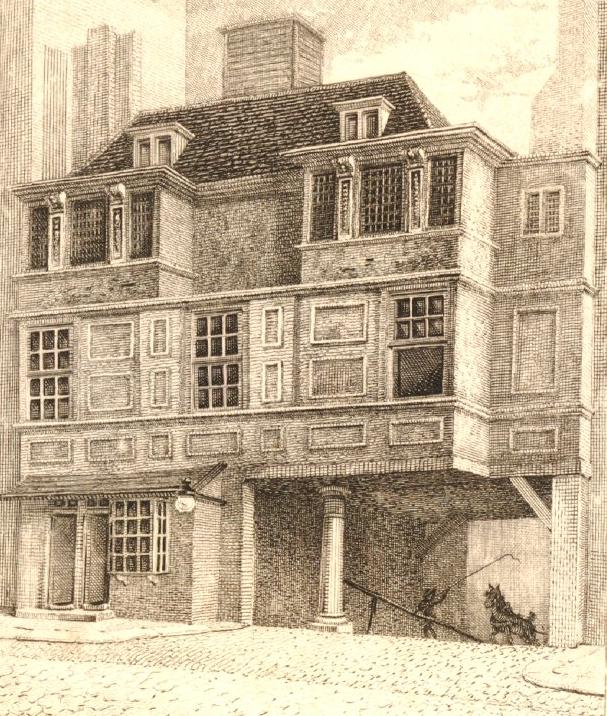
During this peak time for Raleigh in his public life and career, he sat as a member of the Parliament and in 1585 was knighted by Queen Elizabeth.
The privileges bestowed on him included a royal charter giving him authority to explore, colonise and rule “remote, heathen and barbarous lands”, in return for a portion of gold and silver mined. With trade privileges and the right to colonise the New World, the only stipulation was that it must be achieved within seven years.
Whilst three voyages to America were organised, Raleigh never in fact travelled there himself, with Elizabeth keeping her favourites close. However he did organise the subsequent voyages with varying levels of success. In 1584, the region of America known today as Virginia was named after the Virgin Queen Elizabeth I, after Philip Amadas and Arthur Barlowe had discovered the area on an exploratory mission and claimed it for the Queen and Raleigh.
The following year, 1585, Sir Richard Grenville made an unsuccessful attempt to establish the first English colony in North America. An attempt to establish a community on Roanoke Island ended in mystery as the fate of the men and women on the island remains unknown to this day, earning then the title, “The Lost Colony”.
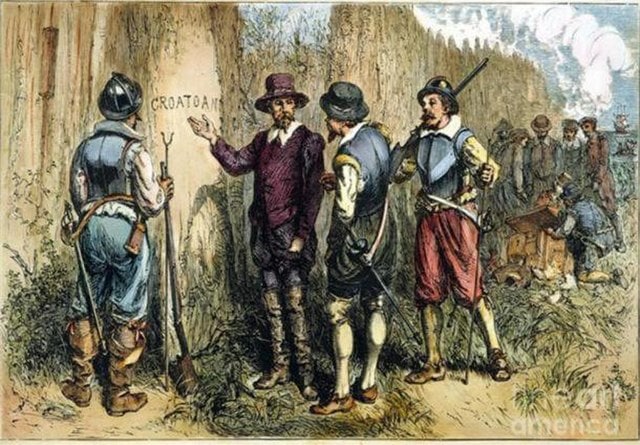
A third attempt to establish a settlement in modern North Carolina was hazardous as conditions proved too hostile.
Back in England, Raleigh was made Captain of the Queen’s Guard, showing the favouritism of Elizabeth and causing much jealousy amongst his rivals in the royal court, such as Robert Deveraux, 2nd Earl of Essex.
In the meantime, more important events were brewing in the background, namely the intensifying rivalry between England and Spain.
A year prior to the famous Spanish Armada, Queen Elizabeth had convened a War Council comprised of eleven men, including Raleigh, who were given the responsibility of making preparations in the event of ensuing war with Spain.
Under these conditions, Raleigh had commissioned for a ship to be built. Named Ark Raleigh, it was sold to the Crown and renamed Ark Royal. Later, it would be used during the English defence against the Spanish Armada as Lord High Admiral Howard’s flagship.
As the showdown with the Spanish Armada ended in an English victory, Raleigh could continue pursuing his economic and political interests. His exploratory ambitions looked set to continue as he launched another two expeditions, this time in search of El Dorado, taking him to the Orinoco river basin in South America.
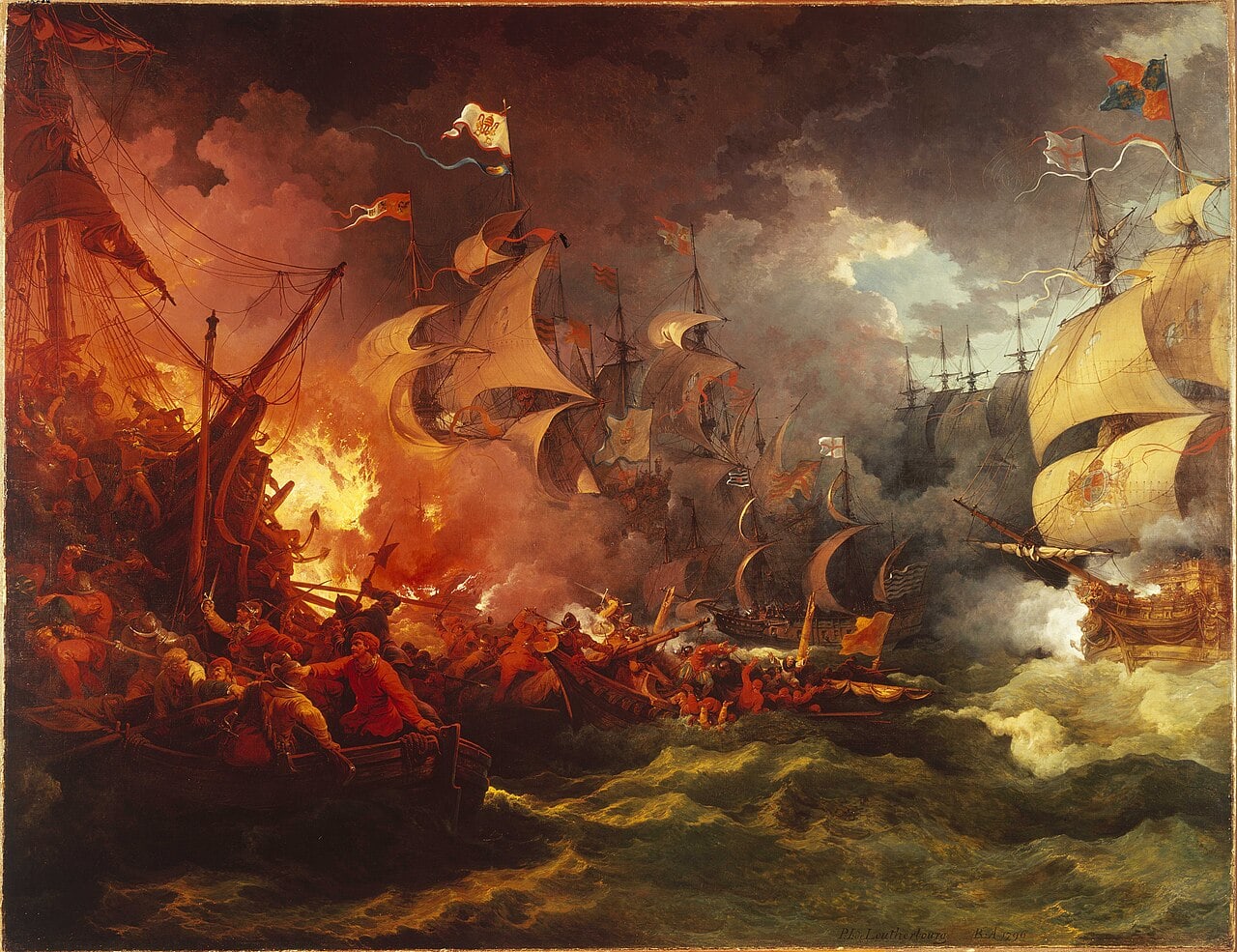
Whilst embarking on this expedition, exploring what is now modern day Guyana and eastern Venezuela, he documented his journey and upon his return to England, published his account, “The Discovery of Guiana”.
Whilst Raleigh had been able to court much royal favour, his downfall came in 1591 when he secretly embarked on a liaison with the Queen’s lady-in-waiting, Elizabeth (Bess) Throckmorton. They would later marry and have a son called Damerei.
By June 1592, news of their illicit marriage was discovered by Queen Elizabeth who responded by imprisoning them in the Tower of London. Sadly, their son ended up dying of the plague. The Queen released both Bess and Walter who quickly acted on his new found freedom by embarking on yet another expedition attacking the Spanish coastline.
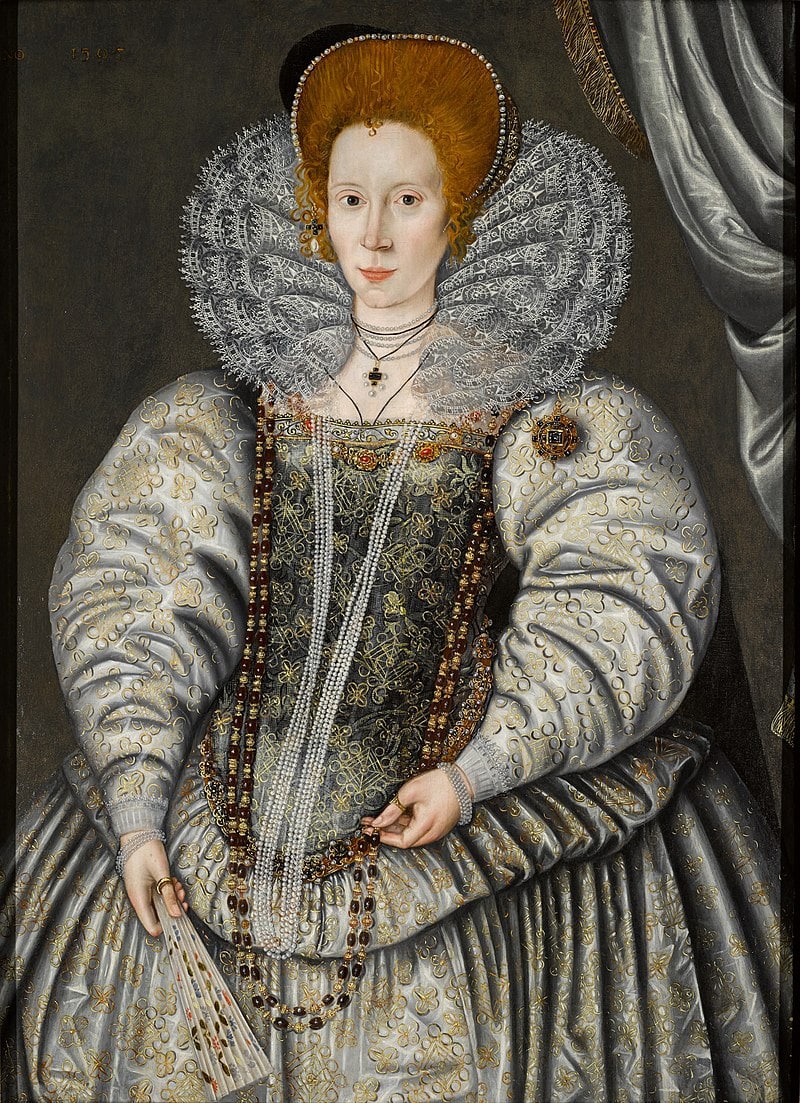
Whilst his escapades resulted in the capture of a valuable Spanish ship, it would be a long time before he would be seen in a favourable light by the royal court.
By 1597, Raleigh returned to political life and was elected to parliament as an MP for Dorset and a few years later for Cornwall. In total he served as MP for three different counties and used his platform to speak about matters of interest to him, namely the navy and religion, both topics about which he felt very strongly.
In 1600, he was awarded his final position by the Crown; to serve as governor of Jersey, where he embraced new construction projects in the name of improving defences.
By 1603 however, everything was about to change for Walter Raleigh and his luck looked to be running out. In March 1603, Queen Elizabeth died and only four months later Raleigh found himself arrested and charged with treason. The new monarch, King James I had Raleigh imprisoned in the Tower of London for his involvement in the Main Plot (a plot to overthrow James I and replace him with Lady Arabella Stuart).
Whilst Raleigh’s charm offensive worked wonders on Queen Elizabeth, the same could not be said for the new monarch.
On 17th November 1603, his trial began and Raleigh represented himself in court. Well-versed in legal matters and held in high-esteem for his eloquence and literary prowess, he demanded that Henry Brooke, whose confession had landed him in prison, be brought to court and forced to testify. He also demonstrated that his involvement in the plot was based merely on hearsay and nothing more. Whilst his passionate defence did not see him acquitted, King James did spare him his life and Raleigh returned again to the Tower.
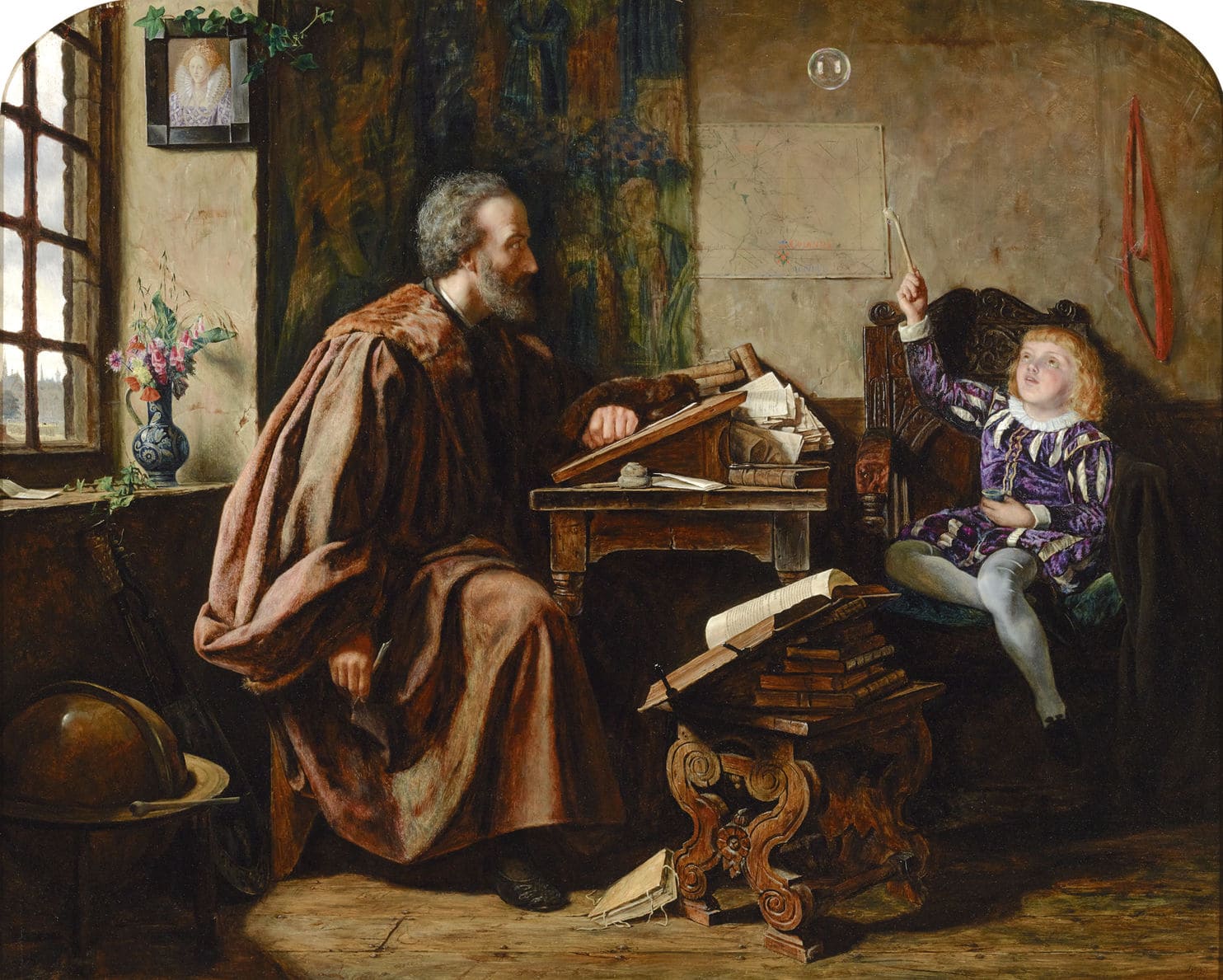
Whilst imprisoned, Raleigh used his time wisely, compiling his successful publication entitled “The Historie of the World”, as well as growing a range of exotic plants and dabbling in herbal remedies. He even received a visit from Henry, Prince of Wales.
The Tower of London became Walter Raleigh’s new abode until 1616 when King James decided to pardon Raleigh in order to allow him a second shot at discovering El Dorado and thus allowing him to embark on another expedition to South America.
The terms of his expedition included that there should be no violation of peace treaties between Spain and England, however hostilities ensued which resulted in an attack on a Spanish outpost. Upon his return home, he was accused of inciting war and he once again faced imprisonment at the Tower of London.
His fate was now well and truly sealed. No last minute pardons, sweet-talking officials or an eloquent defence, he was to be imprisoned only for a short while as on the 29th October 1618 he faced his executioner at the Palace of Westminster.
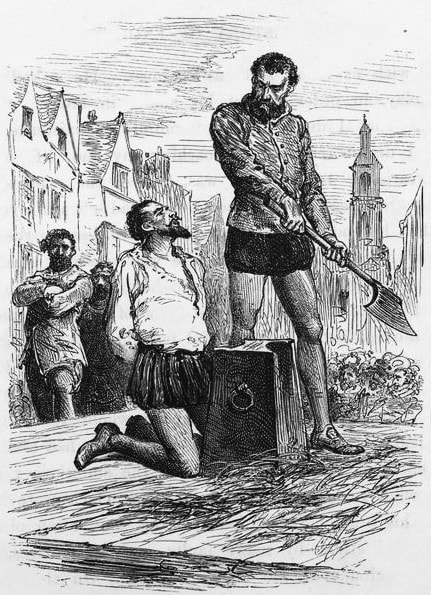
Famously his last words are recorded as “Strike, man, strike!”
The eventful life of one of the most controversial, influential and audacious figures of Elizabethan England had come to an end.
Jessica Brain is a freelance writer specialising in history. Based in Kent and a lover of all things historical.
Published: 25th June 2024
